Blog > Historic Charleston's Ornate Gates
Following my last blog, where we explored Charleston's Historic Alleys, I decided to follow up with my favorite part of Charleston Architecture, the Gates! Every time I'm walking around South of Broad, I find myself snapping photos of these ornate gates, guarding the entrance to driveways and secret gardens!
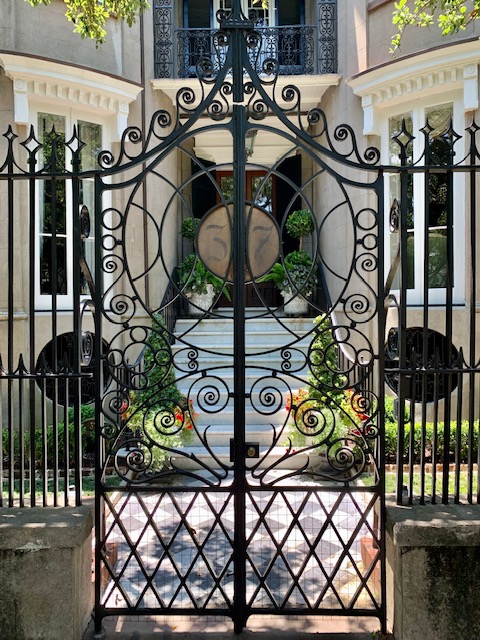
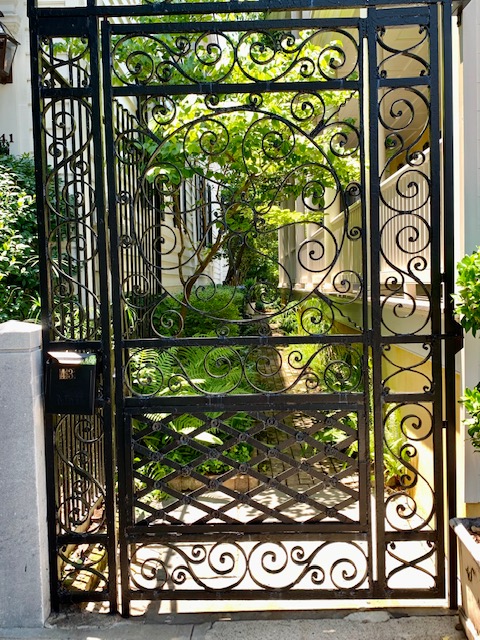
Can you imagine Charleston's Historic homes without these wrought iron gates? The mid-1800's trend was actually to use the cheaper cast iron, but the Holy City spared no expense and talented blacksmiths were able to carry out the visions of wealthy residents. Wrought iron is a tough, yet malleable iron alloy that is welded and forged together using a small anvil; it is ideal for crafting the beautiful patterns seen in Charleston gates today. The wrought iron originally was not just for gates, but window grills, sharp spikes for tops of fences, and boot scrapers! In the mid to late 1800s, it became increasingly popular to embellish gates mostly in patterns of flowers, leaves, and branches that reflected the time's popular Victorian Style.
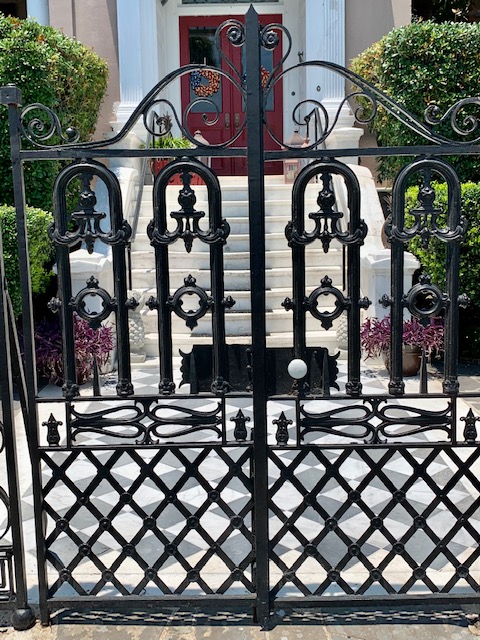
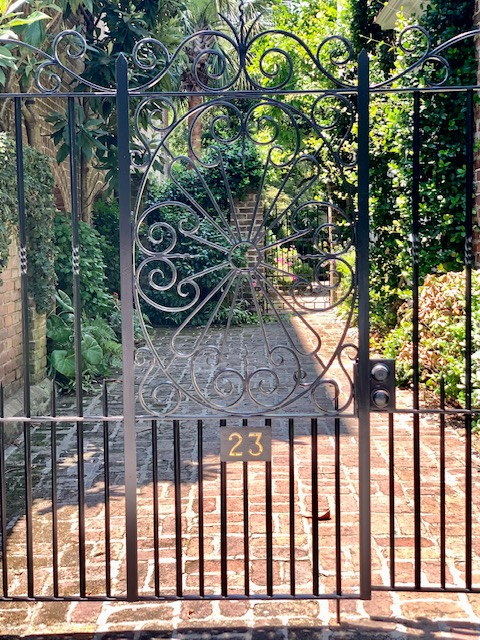
One name you should know is the highly-noted Artisan, Phillip Simmons. Also known as "The Keeper of the Gate", Simmons produced hundreds of decorative gates and other ornamental ironworks around the Peninsula. From St. John's Church to Hibernian Hall to Private Residences, chances are you've seen and admired Simmons' work all over the city. His work can also be seen at the South Carolina State Museum and Smithsonian Institution.
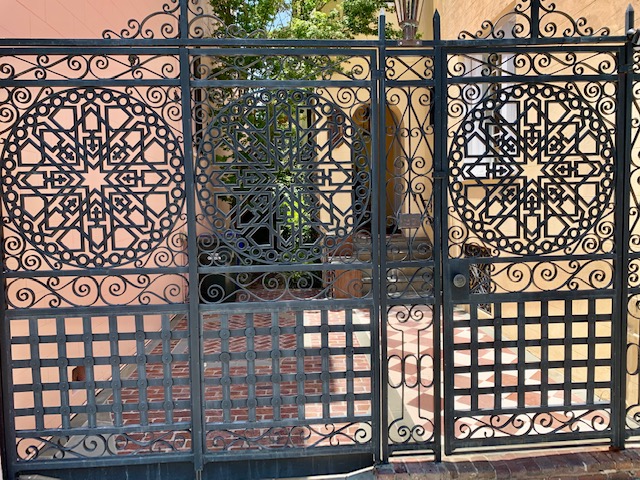
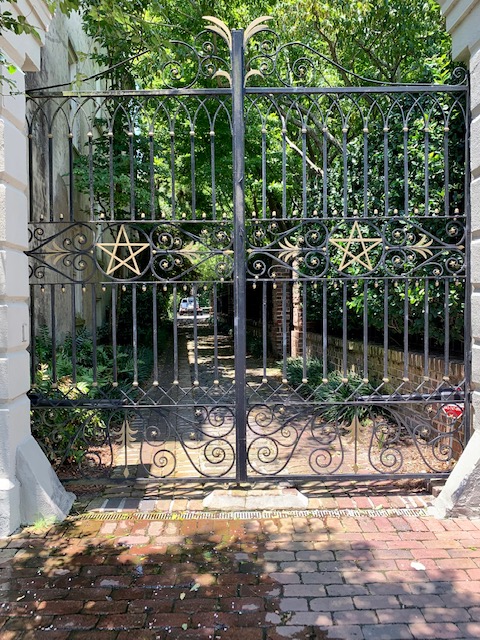
Next time you are strolling South of Broad, make sure to take a closer look at one of these ornate gates that adorn the Holy City.
If you want to snag one of these wonderful homes, CLICK HERE to see what is available in the area RIGHT NOW! Call me today to see one of these Historic Homes. 843-410-7871

